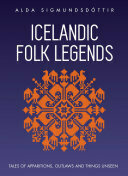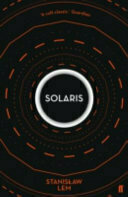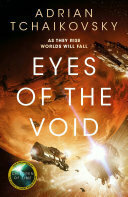-
Photo challenge day 4: foliage

-
Finished reading: The Wild Robot by Peter Brown 📚
-
Photo challenge day 3: card

-
Day 2: flowers

-
Day 1: toy

-
Q found this in one of my Calvin and Hobbes books. I would have cut it out from the Dallas Morning News in 1992!

-
Finished reading: All Systems Red by Martha Wells 📚
-
Finished reading: Lessons in Chemistry by Bonnie Garmus 📚
-
Finished reading: Peace Like a River by Leif Enger 📚
-
This is just to say
I will listen
for you
I will hear
all the words
In the world
All the
delicious
ineffable
effable
sounds
all the
thrumming
and
humming
and
tintinnabulating
Sounds
I will hear
all the sounds
in the
world
and i will write them down
so you
can
hear
them
too.
From Hate that Cat by Sharon Creech
📚 💬

-
Finished reading: The Underworld by Susan Casey 📚
-
Recent trip to Chicago for Internet2





-
Love that dog
Love that dog
(Inspired by Walter Dean Myers) By Jack
Love that dog, like a bird loves to fly I said I love that dog like a bird loves to fly Love to call him in the morning love to call him “Hey there, sky!”
- from Love that Dog by Sharon Creech
📚 💬

-
Finished reading: Machine Vendetta by Alastair Reynolds 📚
-
Mirror Lake walk


-
Winter night sky after today’s snow



-
My morning walk in the woods

-
Currently reading: Sea of Tranquility by Emily St. John Mandel 📚
-
The last few days at Holy Hill




-
Year in books for 2023


















































